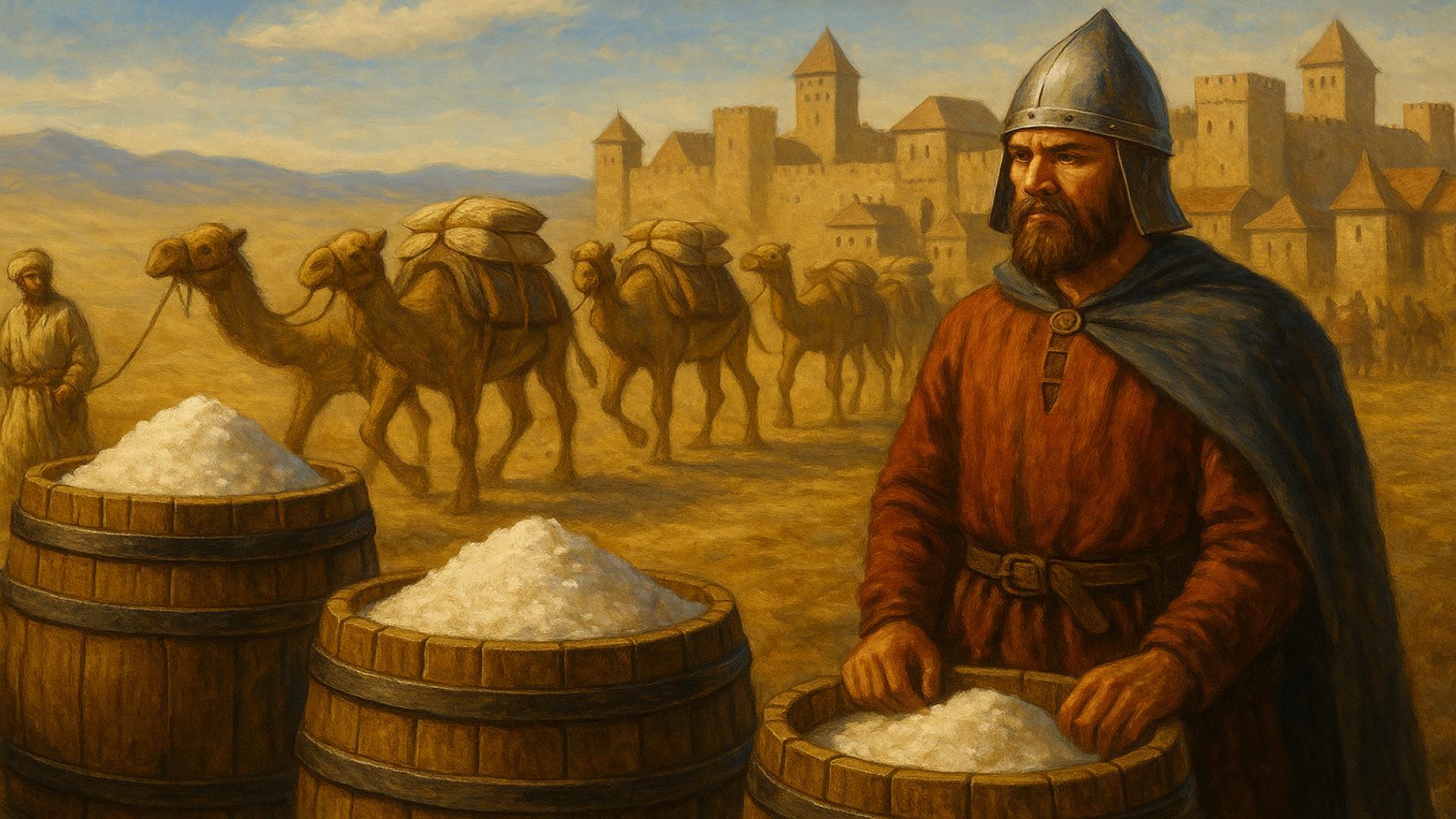7. Advancing Leather and Textile Industries

Brine was crucial in tanning leather and treating wool, core industries in medieval urban economies. Major trade hubs like Florence and Bruges prospered by monopolizing brining processes in their workshops. The Lüneburg Saltworks in Germany, for example, was a significant center for salt production, supplying brine essential for various industries, including leather tanning and textile processing (en.wikipedia.org).










